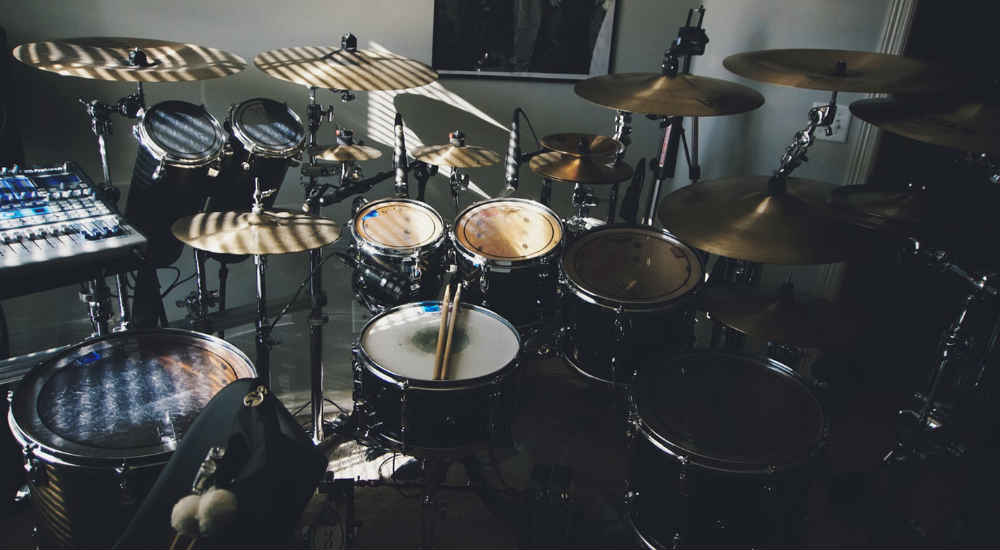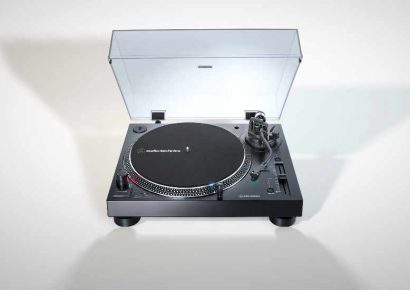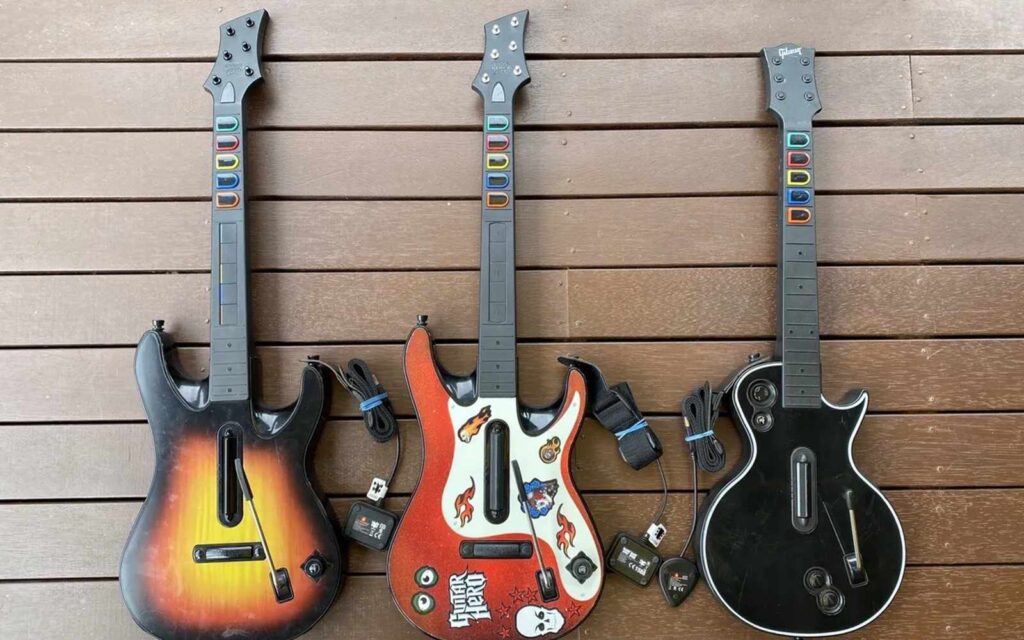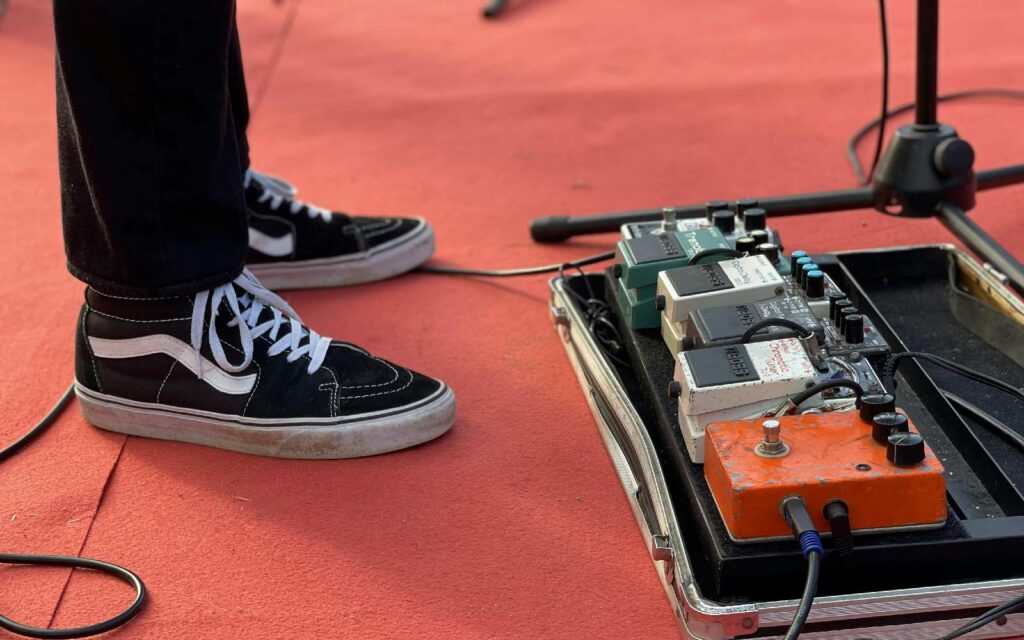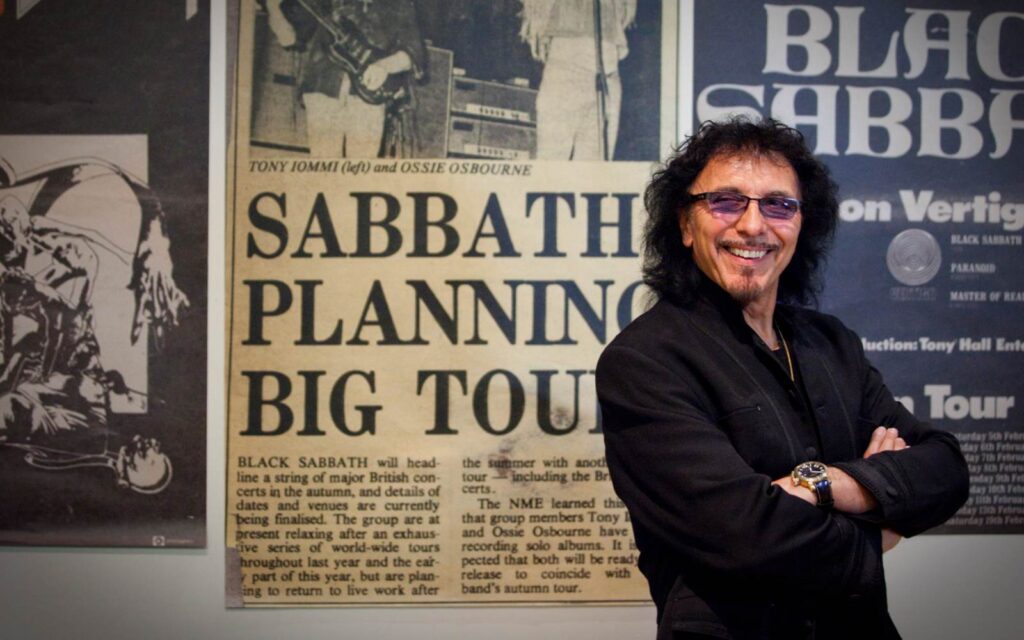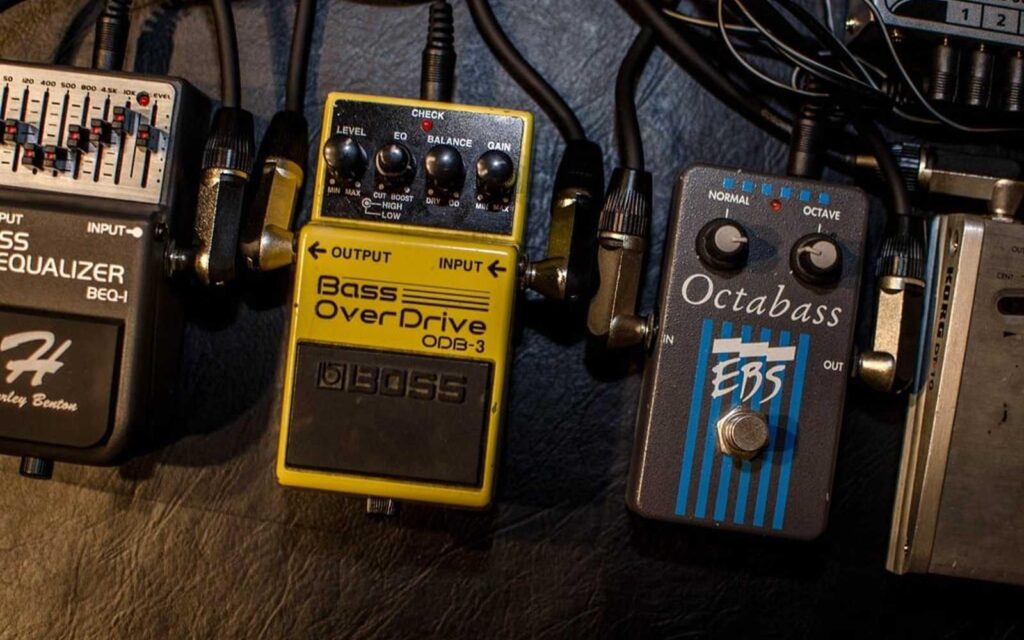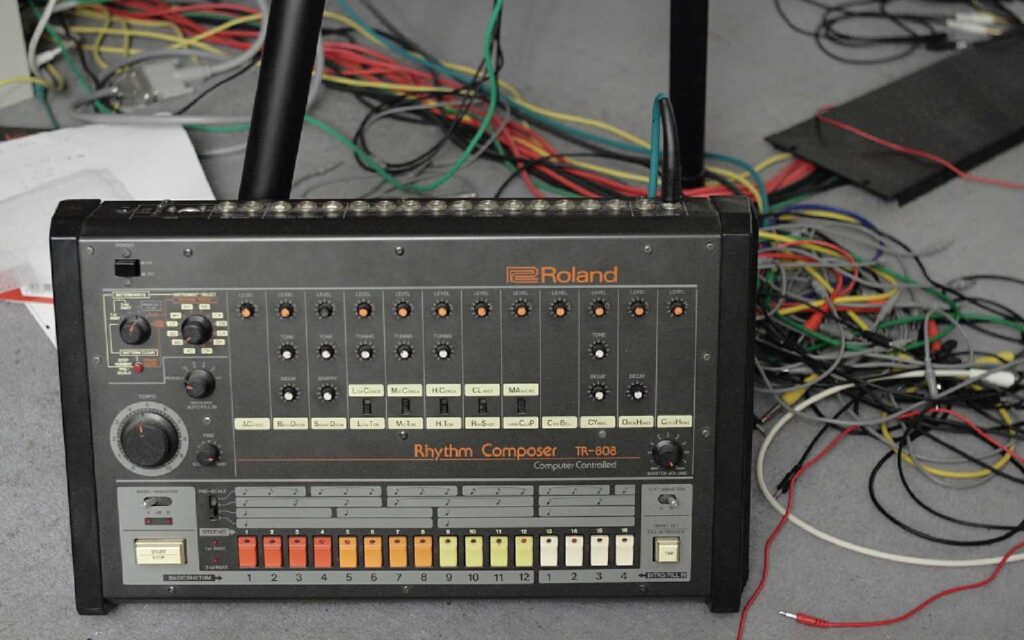THE NEW BREED
There’s a very serious and very well known book by a great drummer named Gary Chester called The New Breed. If you haven’t encountered this text, you need to be warned for what it will entail. If you are familiar with the book, you’ll know the pain that can be inflicted on you. Of course, I’m joking but at the same time, am I?
The idea behind The New Breed is to play a “system” or repeated pattern as an ostinato and then read through countless melody/reading sheets with whatever limb is free. The reading begins at a basic/easy level and progresses to advanced. The really hard part is that the systems do too. The concept of this book is awesome, and everyone should have a go at it. But, in the spirit of the The New Breed, I thought I’d share some other systems and some basic reading to get stuck into before attempting the Gary Chester whirlwind.
STARTING OUT
The easiest ostinato and a very applicable one is Fig A – bass drum, four to the floor. I would start here no matter what level you’re at. However, if you’re just starting, perhaps hang on AA or even just crotchets and quavers before moving on. At this point, play through the reading figures (AA-FF) and literally just try to forget about the bass drum. Put it on autopilot if you can! I always tell my students that you don’t think about your feet when you’re walking. Sometimes, drumming can be similar. The brain is capable of subconsciously operating parts of the body without you even thinking about it. For example, you probably don’t even notice that you’re breathing right now.
SYSTEMATIC AUTOPILOT
The reading figures are fairly self explanatory if you’re familiar with reading music, but the systems or ostinatos may require some clarification. Figures A, B and C all involve simple and basic foot patterns – crotchets on the beat, hi-hats off the beat. These are great staples and any hand can play the reading figures. The other (fun) ostinatos involve some groove work. Figure D utilises the right hand on the ride cymbal and the bass drum leaving the left hand to play the reading figures. Whilst this will have a groove effect, Figure E is even better. Here you effectively play a rock groove (2 and 4 on the snare) with the hands and the reading figures get played on the bass drum. This is a super applicable and handy exercise to free up the bass drum a little more and try some combinations that you might not have tried yet.
Figures F, G and H are the more difficult of all the options presented. Each has its own little challenge that could result in some hurdles when you begin to read though the phrases. It’s important not to perform these too fast, and if necessary, sit for a while on the earlier melodies to make sure you’re comfortable before tackling the semiquaver variations.
Remember, the reading figures get progressively more involved but only use combinations of crotchets, quavers and semiquavers. There are no odd groupings of any kind so everything should sync up. I like to think that even a little bit of this kind of practice can go a long way. I use these types of independence when playing live all the time and most of the time, I don’t even realise I’m doing it. Some things are more comfortable than others, and I will admit, I’ve barely scratched the surface of what’s possible. How far you go does depend on what you wish to achieve and your own preferred playing style. You could start here and see how you go. But when you’re ready to take it further, there’s always The New Breed.
